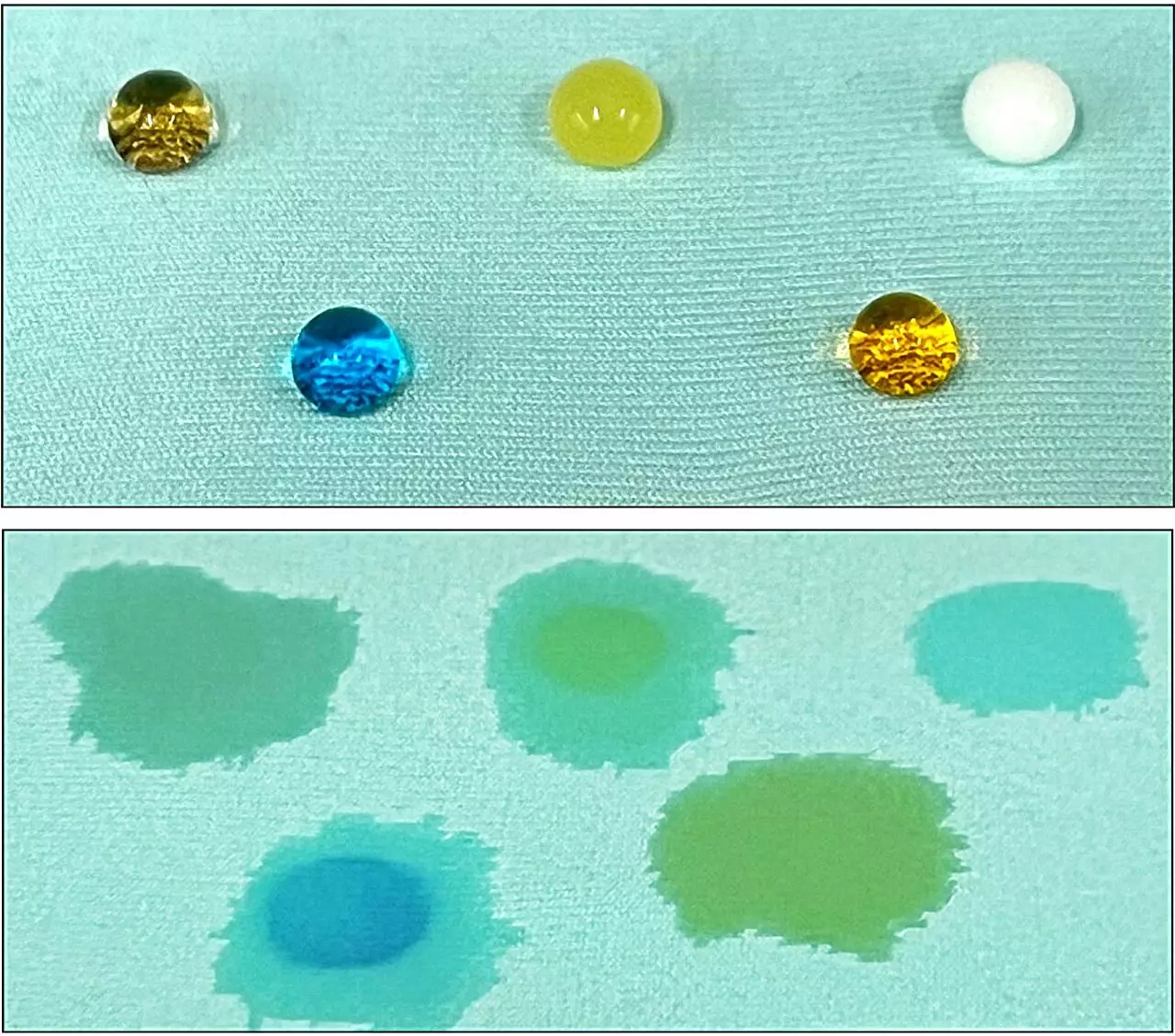The fashion industry is often criticized for its destructive environmental impact, prominently through the waste generated by discarded clothing. With millions of tons of textiles ending up in landfills each year, innovative approaches to reuse materials are imperative. Recent research from Cornell University presents an exciting new technique that not only aims to create waterproof coatings for fabrics but also represents a significant shift toward sustainability in textile production. The findings, spearheaded by Professor Juan Hinestroza and his research team, challenge the status quo of harmful chemical usage in conventional fabric treatments.
Traditional waterproof coatings commonly used in clothing production often contain harsh chemicals known as “forever chemicals.” These substances are persistent in the environment and can pose serious health risks, including carcinogenic effects on humans. Moreover, the typical synthetic processes involved in creating these coatings are energy-intensive and contribute to higher carbon emissions—an unsustainable practice given the urgency of tackling climate change. The revelation that discarded textiles can serve as a resource for producing safer, more environmentally friendly coatings heralds a crucial step towards responsible fashion.
The innovative method developed by the Cornell research team incorporates metal-organic frameworks (MOFs) derived from discarded textiles, showcasing an effective means of achieving waterproof properties without the need for toxic chemicals. By employing a low-temperature synthesis process, the research team can create these MOFs at room temperature—a significant departure from traditional methods that often involve costly and energy-intensive conditions. This is achieved primarily through an alkaline depolymerization process of polyester fabrics which enables the extraction of useful molecules while minimizing environmental impact.
The research successfully demonstrates that using environmentally benign solvents like water and ethanol makes the process safer both for the individuals involved and for the larger ecosystem. Through this efficient extraction and synthesis method, waste materials are diverted from landfills and transformed into valuable products, thereby promoting what is often termed as “upcycling.”
One of the most compelling mandates of this research is its practicality in combating textile waste. Professor Hinestroza emphasizes the transformative potential of such technology by stating, “If we can save one piece of clothing from going into a landfill, then that will be a success.” This sentiment aligns with a broader narrative within the sustainable fashion movement, which advocates for the rethinking of consumption patterns.
With Americans throwing away approximately 80 to 100 pounds of clothing per person annually, the implications of a successful upcycling technique are profound. The project not only paves the way for the creation of functional, water-resistant fabrics but also encourages a shift in consumer behavior towards valuing sustainability in fashion.
The researchers behind this technique have outlined its capability to produce coatings with enduring water resistance, validated through rigorous testing against washing and abrasion. This durability positions the technology as a viable alternative to conventional waterproof treatments that are detrimental to health and the environment. The findings hint at a future where clothing is not only functional but also incorporates sustainability at its core.
Additionally, the application of metal-organic frameworks holds promise beyond water-repellent products. The past research in the same lab revealed potential applications in fire resistance, antibacterial properties, and wrinkle resistance, all of which could significantly enhance clothing functionality while maintaining an eco-friendly focus.
As the world increasingly confronts the consequences of consumerism and industrial waste, the development of sustainable alternatives in fashion cannot be overstated. The research from Cornell University serves as a beacon of hope, highlighting the potential of upcycling methods to revolutionize the clothing industry—from waste to viable, environmentally friendly solutions. The transition from harmful chemical coatings to innovative, recycled materials reflects a growing trend toward responsibility in fashion—one that consumers, brands, and producers must embrace together. While challenges remain, this initiative signals a meaningful step forward in our collective effort to reshape the landscape of textile manufacturing for a more sustainable future.

